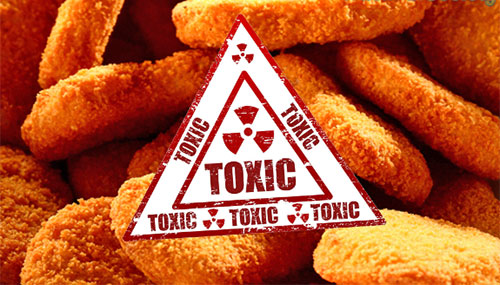|
Jennifer Sass is a senior scientist with the Natural Resources Defense Council (NRDC), overseeing the chemicals and pesticides in regulatory programs of the Environmental Protection Agency (EPA).
In other words, she knows a thing or two about industrial chemicals.
Recently, Sass blasted the U.S. food system saying problems with the regulation of industrial chemicals by the Food and Drug Administration (FDA) are worse than the problems she sees at the EPA - and thatís saying something. She also references a new report revealing how in danger our food is from a toxic-substances perspective.
Sass says a recent report (Data Gaps in Toxicity Testing of Chemicals Allowed in Food in the United States) that sheds light on the FDAís oversight of food additives should have everyone concerned.
About 1,000 food additives are in the U.S. food supply without FDA knowledge or approval. For those that the FDA knows about (10,000 different additives), fewer than 38% have a "published feeding study" or a study indicating its safety within the food supply.
For direct food additives, she says, the number of those studied is even smaller - at only 21.6%.
There are several reasons that such a jumbled mess of industrial chemicals and food additives have made it into our food supplies.
One of those - that many chemicals were grandfathered into the system before the 1950s. These have been around for decades and there was never any approved studies on their safety.
As for those newer additives, the food industry itself decides whatís safe and what isnít, and can voluntarily let the FDA know if any substance is Generally Recognized as Safe (GRAS), not proving it to be so.
The report says:
Not surprisingly, a recent study from Pew researchers (Conflicts of Interest in Approvals of Additives to Food Determined to Be Generally Recognized as Safe Out of Balance) indicated that 100% of panel members - experts who review those GRAS additives - have,
In other words, they have a financial incentive to let these questionable additives make it into the food supply with as little interference as possible.
According to Sass:
|

